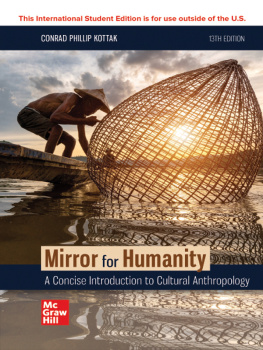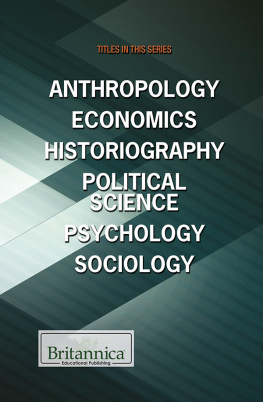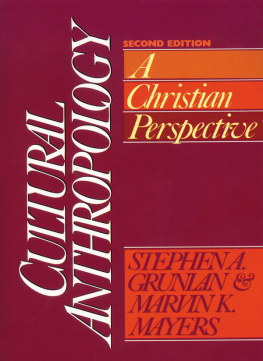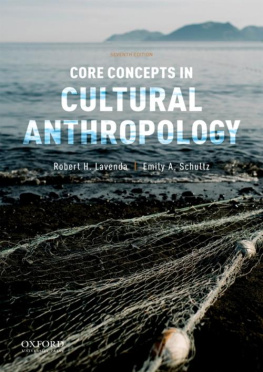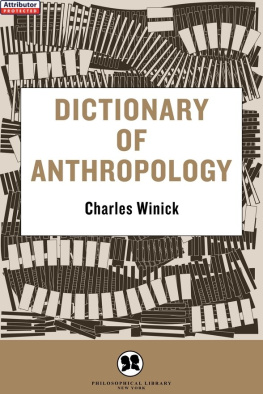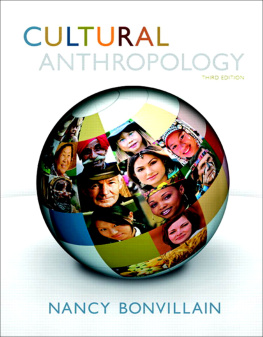Contents
Landmarks

Page ii
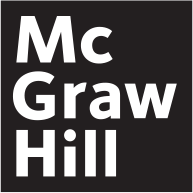
MIRROR FOR HUMANITY
Published by McGraw Hill LLC, 1325 Avenue of the Americas, New York, NY 10019. Copyright 2023 by McGraw Hill LLC. All rights reserved. Printed in the United States of America. No part of this publication may be reproduced or distributed in any form or by any means, or stored in a database or retrieval system, without the prior written consent of McGraw Hill LLC, including, but not limited to, in any network or other electronic storage or transmission, or broadcast for distance learning.
Some ancillaries, including electronic and print components, may not be available to customers outside the United States.
This book is printed on acid-free paper.
1 2 3 4 5 6 7 8 9 LCR 27 26 25 24 23 22
ISBN 978-1-265-18313-4
MHID 1-265-18313-9
Cover Image: Sirisak_baokaew/Shutterstock
All credits appearing on page or at the end of the book are considered to be an extension of the copyright page.
The Internet addresses listed in the text were accurate at the time of publication. The inclusion of a website does not indicate an endorsement by the authors or McGraw Hill LLC, and McGraw Hill LLC does not guarantee the accuracy of the information presented at these sites.
mheducation.com/highered
Page iii
To my daughter,
Dr. Juliet Kottak Mavromatis
Page iv
Also available from McGraw Hill by Conrad Phillip Kottak:
Window on Humanity: A Concise Introduction to Anthropology, 10th ed. (2023)
Anthropology: Appreciating Human Diversity, 19th ed. (2022)
Cultural Anthropology: Appreciating Cultural Diversity, 19th ed. (2022)
CULTURE, 2nd ed. (2014) (Lisa Gezon and Conrad Phillip Kottak)
On Being Different: Diversity and Multiculturalism in the North American Mainstream, 4th ed. (2012) (with Kathryn A. Kozaitis)
Page v
Brief Contents
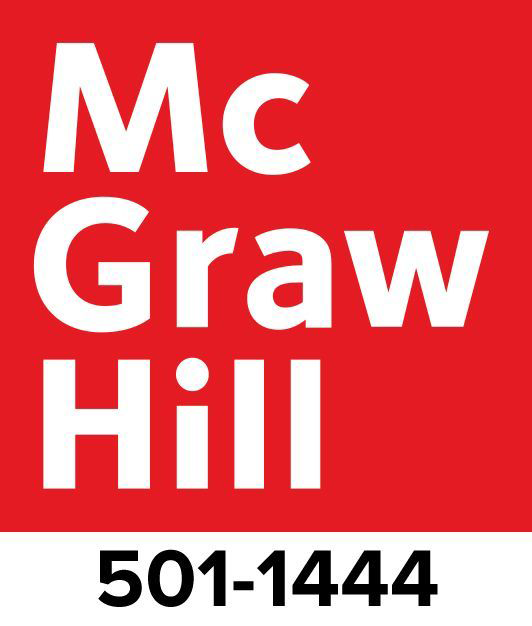
Page vi
Contents
Page vii
Page viii
Page xi
Anthropology Today Boxes
Page xii
Preface
Mirror for Humanity is intended to provide a concise, readable introduction to cultural anthropology. Its shorter length increases the instructors options for assigning additional readingcase studies, readers, and other supplementsin a semester course. Mirror also can work well in a quarter system, for which traditional texts may be too long.
Just as anthropology is a dynamic discipline that encourages new discoveries and explores the profound changes now affecting people and societies, this edition of Mirror for Humanity makes a concerted effort to keep pace with changes in the way students read and learn core content today. Our digital program, Connect Anthropology, includes assignable and assessable quizzes, exercises, and interactive activities, organized around course-specific learning objectives. Connect also includes SmartBook, the adaptive reading experience. The tools and resources provided in Connect Anthropology are designed to engage students and enable them to improve their performance in the course. This 13th edition benefited from feedback from more than 2,000 students who worked with these tools and programs while using previous editions of Mirror or one of my other recent texts. We were able to respond to specific areas of difficulty that students encountered, chapter by chapter. I used this extensive feedback to revise, rethink, and clarify my writing in almost every chapter. In preparing this edition, I benefited from both students and professors reactions to my book.
As I work on each new edition, it becomes ever more apparent to me that while any competent and useful text must present cultural anthropologys core, that text also must demonstrate the fields relevance to the twenty-first-century world we inhabit. Accordingly, each new edition contains content changes as well as specific features relevant to our changing world. One of my primary goals is to help students make connections between what they read and their own lives. Accordingly, the Anthropology Today boxes placed near the end of each chapter examine recent developments in anthropology as well as contemporary topics and issues related to anthropologys subject matter. Almost half (6 of 13) of these "Anthropology Today" boxes are new to this edition. Each chapter also contains a feature that I call Think Like an Anthropologist, which attempts to get students to do just thatto apply their critical thinking skills as an anthropologist might.
I realize that most students who read this book will not go on to become anthropologists, or even anthropology majors. For those who do, this book should provide a solid foundation to build on. For those who dontthat is, for most of my readersmy goal is to instill a sense of understanding and appreciation of human diversity and of cultural anthropology as a field. May this course and this text help students think differently about, and achieve greater understanding of, their own culture and its place within our globalizing world.
Page xiii
McGraw Hill Connect Anthropology
Connect Anthropology is a premier digital teaching and learning tool that allows instructors to assign and assess course material. Connect Anthropology includes assignable and assessable quizzes, exercises, and interactive activities, organized around course-specific learning objectives. NewsFlash activities, which are updated regularly, bring in articles on current events relevant to anthropology with accompanying assessment.
The system is praised by usersfaculty and students alikefor helping to make both teaching and learning more efficient, saving time and keeping class time and independent study time focused on what is most important and only those things that still need reinforcing, and shifting the teaching/learning process away from memorization and cramming. The result is better grades, better concept retention, more students staying in class and passing, and less time spent preparing for classes or studying for tests.
Provide a Smarter Book and Better Value with SmartBook
 Available within Connect, SmartBook makes study time as productive and efficient as possible by identifying and closing knowledge gaps. SmartBook identifies what an individual student knows and doesnt know based on the students confidence level, responses to questions and other factors.
Available within Connect, SmartBook makes study time as productive and efficient as possible by identifying and closing knowledge gaps. SmartBook identifies what an individual student knows and doesnt know based on the students confidence level, responses to questions and other factors.
SmartBook builds an optimal, personalized learning path for each student, so students spend less time on concepts they already understand and more time on those they dont. As a student engages with SmartBook, the reading experience continuously adapts by highlighting the most impactful content a student needs to learn at that moment in time. This ensures that every minute spent with SmartBook is returned to the student as the most value-added minute possible. The result? More confidence, better grades, and greater success.

